MaryAnn Bernal's Blog, page 203
January 19, 2015
History Trivia - Rouen surrenders to Henry V
January 19
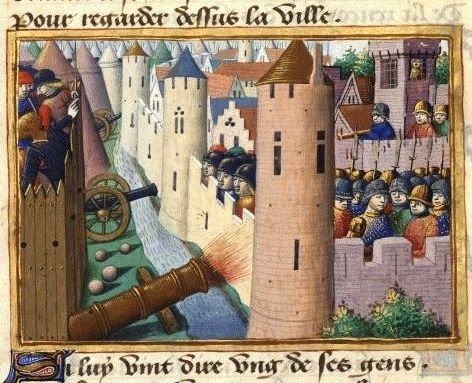
1419 The French city of Rouen surrendered to Henry V in Hundred Years War.
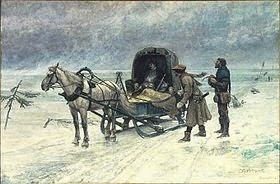
1520 Sten Sture the Younger, the Regent of Sweden, was mortally wounded at the Battle of Bogesund, an important conflict in the campaign of Christian II to gain power over Sweden.
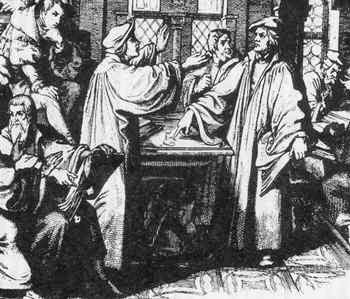
1523 Ulrich Zwingli, founder of the reformation in Switzerland, published his 67 Articles, the first manifesto of the Zurich Reformation which attacks the authority of the Pope.

1783 William Pitt became the youngest Prime Minister of England at age 24.


1419 The French city of Rouen surrendered to Henry V in Hundred Years War.

1520 Sten Sture the Younger, the Regent of Sweden, was mortally wounded at the Battle of Bogesund, an important conflict in the campaign of Christian II to gain power over Sweden.

1523 Ulrich Zwingli, founder of the reformation in Switzerland, published his 67 Articles, the first manifesto of the Zurich Reformation which attacks the authority of the Pope.

1783 William Pitt became the youngest Prime Minister of England at age 24.

Published on January 19, 2015 03:00
January 18, 2015
Mummy Mask May Reveal Oldest Known Gospel
by Owen Jarus
Live Science
[image error] This mask was one of the masks that the researchers took apart to reveal an ancient papyrus, and they found this mask also contained papyrus that dated to the first century. This mummy mask is similar to the one that contained the first century gospel fragment.
This mask was one of the masks that the researchers took apart to reveal an ancient papyrus, and they found this mask also contained papyrus that dated to the first century. This mummy mask is similar to the one that contained the first century gospel fragment.
Credit: Courtesy of Prof. Craig Evans View full size image
A text that may be the oldest copy of a gospel known to exist — a fragment of the Gospel of Mark that was written during the first century, before the year 90 — is set to be published.
At present, the oldest surviving copies of the gospel texts date to the second century (the years 101 to 200).
This first-century gospel fragment was written on a sheet of papyrus that was later reused to create a mask that was worn by a mummy. Although the mummies of Egyptian pharaohs wore masks made of gold, ordinary people had to settle for masks made out of papyrus (or linen), paint and glue. Given how expensive papyrus was, people often had to reuse sheets that already had writing on them.
In recent years scientists have developed a technique that allows the glue of mummy masks to be undone without harming the ink on the paper. The text on the sheets can then be read. The first-century gospel is one of hundreds of new texts that a team of about three-dozen scientists and scholars is working to uncover, and analyze, by using this technique of ungluing the masks, said Craig Evans, a professor of New Testament studies at Acadia Divinity College in Wolfville, Nova Scotia.
"We're recovering ancient documents from the first, second and third centuries. Not just Christian documents, not just biblical documents, but classical Greek texts, business papers, various mundane papers, personal letters," Evans told Live Science. The documents include philosophical texts and copies of stories by the Greek poet Homer. [See Images of Early Christian Inscriptions and Artifacts]
The business and personal letters sometimes have dates on them, he said. When the glue was dissolved, the researchers dated the first-century gospel in part by analyzing the other documents found in the same mask.
One drawback to the process is that the mummy mask is destroyed, and so scholars in the field are debating whether that particular method should be used to reveal the texts they contain.
But Evans emphasized that the masks that are being destroyed to reveal the new texts are not high quality ones that would be displayed in a museum. Some are not masks at all but are simply pieces of cartonnage.
Evans told Live Science, "We're not talking about the destruction of any museum-quality piece."
The technique is bringing many new texts to light, Evans noted. "From a single mask, it's not strange to recover a couple dozen or even more" new texts, he told Live Science. "We're going to end up with many hundreds of papyri when the work is done, if not thousands."
Debate
Scholars who work on the project have to sign a nondisclosure agreement that limits what they can say publicly. There are several reasons for this agreement. One is that some of the owners of these masks simply do not want to be made known, Evans said. "The scholars who are working on this project have to honor the request of the museums, universities, private owners, so forth."
The owners of the mummy masks retain ownership of the papyrus sheets after the glue on them is dissolved.
Evans said that the only reason he can talk about the first-century gospel before it is published is because a member of the team leaked some of the information in 2012. Evans was careful to say that he is not telling Live Science anything about the first-century gospel that hasn't already been leaked online.
Soon after the 2012 leak, speculation surrounded the methods that the scholars used to figure out the gospel's age.
Evans says that the text was dated through a combination of carbon-14 dating, studying the handwriting on the fragment and studying the other documents found along with the gospel. These considerations led the researchers to conclude that the fragment was written before the year 90. With the nondisclosure agreement in place, Evans said that he can't say much more about the text's date until the papyrus is published.
Destruction of mummy masks
The process that is used to obtain the papyri, which involves the destruction of the mummy masks, has also generated debate. For instance, archaeologist Paul Barford, who writes about collecting and heritage issues, has written a scathing blog post criticizing the work on the gospel.
Roberta Mazza, a lecturer in Classics and Ancient History at the University of Manchester, has blogged her concerns about the text as has Brice Jones, a doctoral candidate in religion at Concordia University.
When the texts are published the debate is likely to move beyond the blogosphere and into mainstream media and scholarly journals.
Biblical clues
Although the first-century gospel fragment is small, the text will provide clues as to whether the Gospel of Mark changed over time, Evans said.
His own research is focused on analyzing the mummy mask texts, to try to determine how long people held onto them before disposing or reusing them. This can yield valuable information about how biblical texts were copied over time.
"We have every reason to believe that the original writings and their earliest copies would have been in circulation for a hundred years in most cases — in some cases much longer, even 200 years," he said.
This means that "a scribe making a copy of a script in the third century could actually have at his disposal (the) first-century originals, or first-century copies, as well as second-century copies."
Set to publish
Evans said that the research team will publish the first volume of texts obtained through the mummy masks and cartonnage later this year. It will include the gospel fragment that the researchers believe dates back to the first century.
The team originally hoped the volume would be published in 2013 or 2014, but the date had to be moved back to 2015. Evans said he is uncertain why the book's publication was delayed, but the team has made use of the extra time to conduct further studies into the first-century gospel. "The benefit of the delay is that when it comes out, there will be additional information about it and other related texts."
Live Science
[image error]
 This mask was one of the masks that the researchers took apart to reveal an ancient papyrus, and they found this mask also contained papyrus that dated to the first century. This mummy mask is similar to the one that contained the first century gospel fragment.
This mask was one of the masks that the researchers took apart to reveal an ancient papyrus, and they found this mask also contained papyrus that dated to the first century. This mummy mask is similar to the one that contained the first century gospel fragment. Credit: Courtesy of Prof. Craig Evans View full size image
A text that may be the oldest copy of a gospel known to exist — a fragment of the Gospel of Mark that was written during the first century, before the year 90 — is set to be published.
At present, the oldest surviving copies of the gospel texts date to the second century (the years 101 to 200).
This first-century gospel fragment was written on a sheet of papyrus that was later reused to create a mask that was worn by a mummy. Although the mummies of Egyptian pharaohs wore masks made of gold, ordinary people had to settle for masks made out of papyrus (or linen), paint and glue. Given how expensive papyrus was, people often had to reuse sheets that already had writing on them.
In recent years scientists have developed a technique that allows the glue of mummy masks to be undone without harming the ink on the paper. The text on the sheets can then be read. The first-century gospel is one of hundreds of new texts that a team of about three-dozen scientists and scholars is working to uncover, and analyze, by using this technique of ungluing the masks, said Craig Evans, a professor of New Testament studies at Acadia Divinity College in Wolfville, Nova Scotia.
"We're recovering ancient documents from the first, second and third centuries. Not just Christian documents, not just biblical documents, but classical Greek texts, business papers, various mundane papers, personal letters," Evans told Live Science. The documents include philosophical texts and copies of stories by the Greek poet Homer. [See Images of Early Christian Inscriptions and Artifacts]
The business and personal letters sometimes have dates on them, he said. When the glue was dissolved, the researchers dated the first-century gospel in part by analyzing the other documents found in the same mask.
One drawback to the process is that the mummy mask is destroyed, and so scholars in the field are debating whether that particular method should be used to reveal the texts they contain.
But Evans emphasized that the masks that are being destroyed to reveal the new texts are not high quality ones that would be displayed in a museum. Some are not masks at all but are simply pieces of cartonnage.
Evans told Live Science, "We're not talking about the destruction of any museum-quality piece."
The technique is bringing many new texts to light, Evans noted. "From a single mask, it's not strange to recover a couple dozen or even more" new texts, he told Live Science. "We're going to end up with many hundreds of papyri when the work is done, if not thousands."
Debate
Scholars who work on the project have to sign a nondisclosure agreement that limits what they can say publicly. There are several reasons for this agreement. One is that some of the owners of these masks simply do not want to be made known, Evans said. "The scholars who are working on this project have to honor the request of the museums, universities, private owners, so forth."
The owners of the mummy masks retain ownership of the papyrus sheets after the glue on them is dissolved.
Evans said that the only reason he can talk about the first-century gospel before it is published is because a member of the team leaked some of the information in 2012. Evans was careful to say that he is not telling Live Science anything about the first-century gospel that hasn't already been leaked online.
Soon after the 2012 leak, speculation surrounded the methods that the scholars used to figure out the gospel's age.
Evans says that the text was dated through a combination of carbon-14 dating, studying the handwriting on the fragment and studying the other documents found along with the gospel. These considerations led the researchers to conclude that the fragment was written before the year 90. With the nondisclosure agreement in place, Evans said that he can't say much more about the text's date until the papyrus is published.
Destruction of mummy masks
The process that is used to obtain the papyri, which involves the destruction of the mummy masks, has also generated debate. For instance, archaeologist Paul Barford, who writes about collecting and heritage issues, has written a scathing blog post criticizing the work on the gospel.
Roberta Mazza, a lecturer in Classics and Ancient History at the University of Manchester, has blogged her concerns about the text as has Brice Jones, a doctoral candidate in religion at Concordia University.
When the texts are published the debate is likely to move beyond the blogosphere and into mainstream media and scholarly journals.
Biblical clues
Although the first-century gospel fragment is small, the text will provide clues as to whether the Gospel of Mark changed over time, Evans said.
His own research is focused on analyzing the mummy mask texts, to try to determine how long people held onto them before disposing or reusing them. This can yield valuable information about how biblical texts were copied over time.
"We have every reason to believe that the original writings and their earliest copies would have been in circulation for a hundred years in most cases — in some cases much longer, even 200 years," he said.
This means that "a scribe making a copy of a script in the third century could actually have at his disposal (the) first-century originals, or first-century copies, as well as second-century copies."
Set to publish
Evans said that the research team will publish the first volume of texts obtained through the mummy masks and cartonnage later this year. It will include the gospel fragment that the researchers believe dates back to the first century.
The team originally hoped the volume would be published in 2013 or 2014, but the date had to be moved back to 2015. Evans said he is uncertain why the book's publication was delayed, but the team has made use of the extra time to conduct further studies into the first-century gospel. "The benefit of the delay is that when it comes out, there will be additional information about it and other related texts."
Published on January 18, 2015 06:07
Found in Michigan backyard: 42 mastodon bones
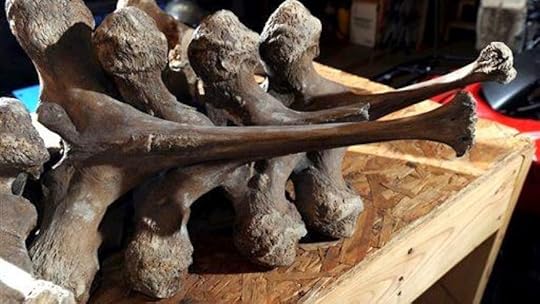 By John JohnsonFox NewsAncient mastodon vertebrae bones that Dan LaPoint unearthed excavating a pond on Eric Witzke's property outside Olivet, in Bellevue Township, Mich. (AP Photo/The State Journal, Rod Sanford)Eric Witzke's home is in Bellevue Township, Michigan, but he is clearly not the first one to roam his yard. While he and neighbor Daniel LaPoint were excavating a backyard pond, they happened upon more than 40 mastodon bones, reports ABC News.
By John JohnsonFox NewsAncient mastodon vertebrae bones that Dan LaPoint unearthed excavating a pond on Eric Witzke's property outside Olivet, in Bellevue Township, Mich. (AP Photo/The State Journal, Rod Sanford)Eric Witzke's home is in Bellevue Township, Michigan, but he is clearly not the first one to roam his yard. While he and neighbor Daniel LaPoint were excavating a backyard pond, they happened upon more than 40 mastodon bones, reports ABC News.An expert from the University of Michigan Museum of Paleontology confirmed the find and says the bones are from a male mastodon, about age 40, that lived between 10,000 and 14,000 years ago, reports the Lansing State Journal .
The two unexpected archaeologists plan to donate the Ice Age bones to the museum. "Finding them was very, very cool," says LaPoint, while the museum official is happy about the "the new perspective, the new information, that specimens like these can bring." It's not uncommon for bones from the elephant ancestor to turn up in various parts of Michigan, though sometimes the discovery is of a single tusk.
In Alaska, meanwhile, the study of mastodon teeth has solved a longstanding puzzle, reports Alaska Dispatch News. Carbon dating had suggested that mastodons roamed Alaska between 10,000 and 75,000 years ago, but that never quite made sense: Alaska had few trees then and mastodons had teeth tailor-made for chomping wood.
The new study of tooth enamel shows that mastodons were in the region much earlier, about 120,000 years ago, when trees were more plentiful. (A newly discovered fossil reveals that Scotland once had something akin to a sea monster.)
This article originally appeared on Newser: Michigan Neighbors Unearth Mastodon Bones in Backyard
Published on January 18, 2015 05:55
Mr. Chuckles bumps into Kennedy Ryan while stirring the Wizard's Cauldron

The Wizard speaks:
Welcome to the first Cauldron interview of 2015 and with us today is Kennedy Ryan, who is just about to release her third novel, the final part of a trilogy of romances - with a difference.
A good friend of mine and supporter of the Cauldron, not only does Kennedy write clever, intricate, eloquent romance, she is also a passionate supporter of kids with autism and other spectrum disorders.
A resident of delightful Atlanta, Georgia (the land of Peaches; where it does snow, as you will see, and not everyone spends the weekend sipping mint juleps and reenacting battles from the Civil War), I caught up with Kennedy on the Wizphone just after she had completed yet another of her superwoman days, which, quite frankly, knacker me out just thinking about them.
Here's what she had to say
Published on January 18, 2015 05:47
History Trivia - Flavius Julius Constans assassinated
January 18
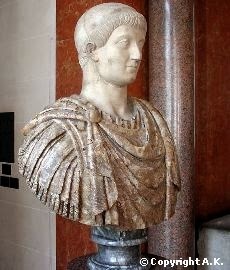
350 Flavius Julius Constans was assassinated.

1486 King Henry VII of England married Elizabeth of York, daughter of Edward IV.

1520 King Christian II of Denmark and Norway defeated the Swedes at Lake Åsunden.
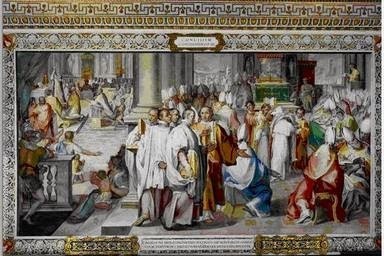
1562 Pope Pius IV reopened the Council of Trent for its third and final session, which defined the mass as a true sacrifice and issued statements on several other doctrinal issues. By the end of the 16th century, many of the abuses that had motivated the Protestant Reformation had disappeared, and the church had reclaimed many of its European followers.


350 Flavius Julius Constans was assassinated.

1486 King Henry VII of England married Elizabeth of York, daughter of Edward IV.

1520 King Christian II of Denmark and Norway defeated the Swedes at Lake Åsunden.

1562 Pope Pius IV reopened the Council of Trent for its third and final session, which defined the mass as a true sacrifice and issued statements on several other doctrinal issues. By the end of the 16th century, many of the abuses that had motivated the Protestant Reformation had disappeared, and the church had reclaimed many of its European followers.

Published on January 18, 2015 03:00
January 17, 2015
Kindred Media Press Presents Author K Meador and Author Mary Ann Bernal
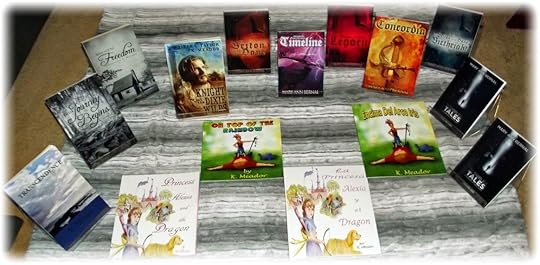
Online Store All Items
Historical Drama Paperback by K. MeadorChildren's Paperback by K. MeadorHistorical Drama By Mary Ann Bernal Short Stories by Mary Ann BernalPoetry Paperback by K. MeadorSpanish Children's Paperback by K. MeadorKindred Media Press
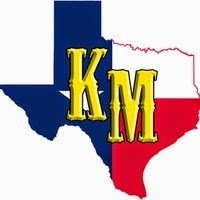 Visit Author K. Meador
Visit Author K. Meador
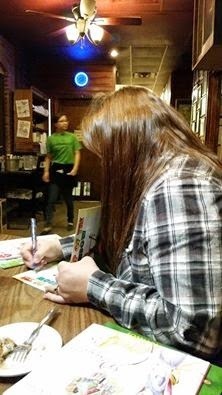
Visit Author Mary Ann Bernal
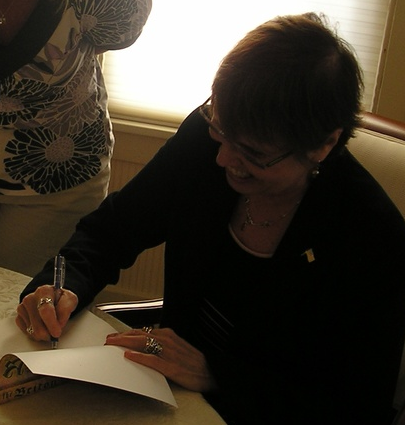
Published on January 17, 2015 06:38
History Trivia - Etruscan Roman Emperor Otho commits suicide
January 17

38 BC Octavian married Livia Drusilla.
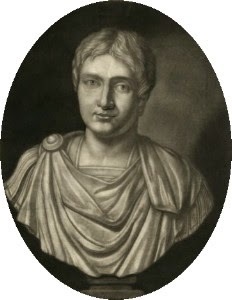
69 Etruscan Roman Emperor Otho committed suicide after a night of meditation in his tent. A companion of Nero, it is believed that he died to prevent civil war.
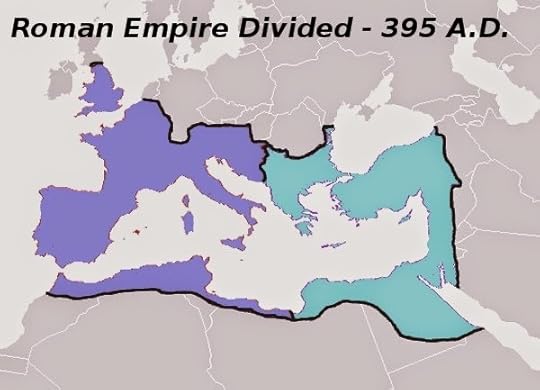
395 the Roman Empire was split into eastern and western parts upon the death of Emperor Theodosius I, whose will provided that his two sons would inherit the two parts.
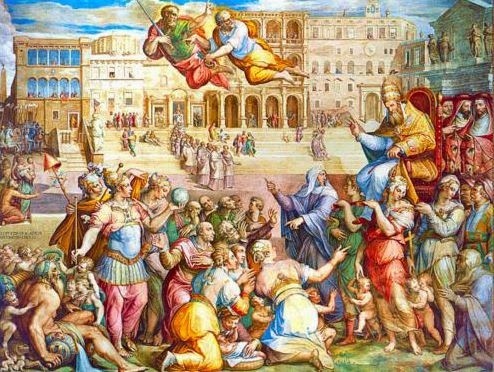
1377 Pope Gregory XI moved the Papacy back to Rome from Avignon.

1501- Cesare Borgia returned in triumph to Rome from Romagna.


38 BC Octavian married Livia Drusilla.

69 Etruscan Roman Emperor Otho committed suicide after a night of meditation in his tent. A companion of Nero, it is believed that he died to prevent civil war.

395 the Roman Empire was split into eastern and western parts upon the death of Emperor Theodosius I, whose will provided that his two sons would inherit the two parts.

1377 Pope Gregory XI moved the Papacy back to Rome from Avignon.

1501- Cesare Borgia returned in triumph to Rome from Romagna.

Published on January 17, 2015 03:00
January 16, 2015
Author K. Meador at Kendall's Restaurant - enjoying the ambiance
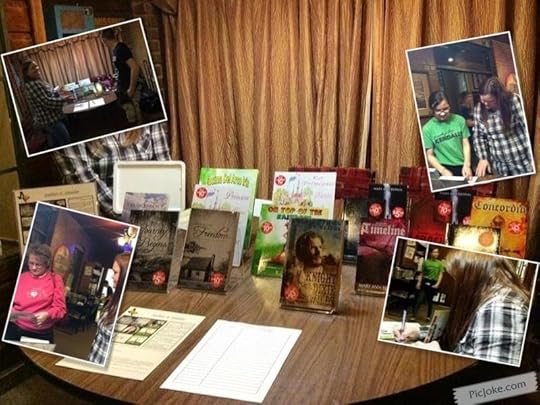
Author K. Meador spent the evening at Kendall's restaurant speaking with fans while enjoying the delicious food in this family-oriented Oklahoma City area dining establishment.
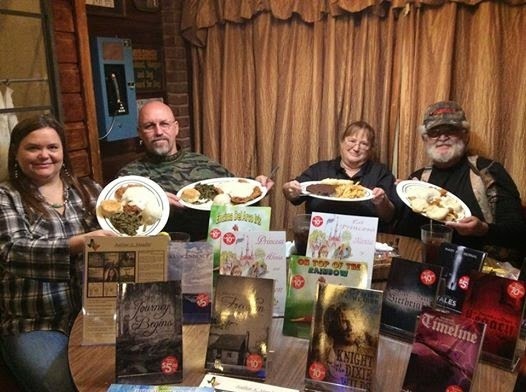
Kendall's is noted for it's Chicken Fry Challenge
The Rules
You have one hour to eat the following:
SaladHuge chicken fried steakMashed potatoes or friesGreen beansBiscuitCinnamon rolls!The cost to compete is $25, and you have to start the challenge before 7:00 PM. Winner gets a t-shirt and a free meal!
Think you have what it takes?
Location:
100 S Main
Noble Oklahoma
405-872-0303
Open 11 am - 8 pm Wednesday - Saturday
Stop by if you're in the area.
Meantime, learn more about this talented author on K-Trina's webpage
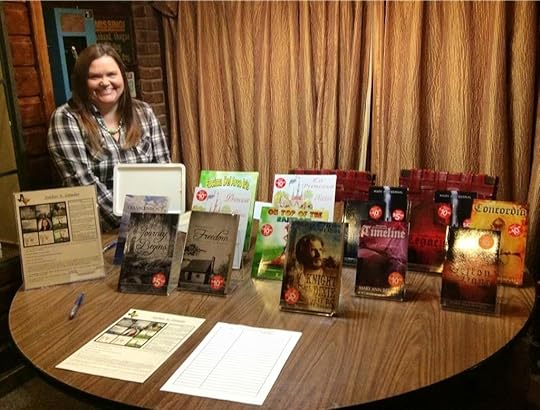
Published on January 16, 2015 07:36
History Trivia - Ostrogoths conquer Rome
January 16
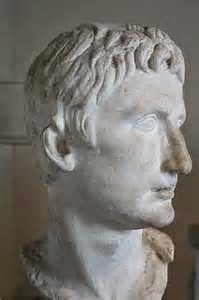
27 BC – The title Augustus was bestowed upon Gaius Julius Caesar Octavian by the Roman Senate.
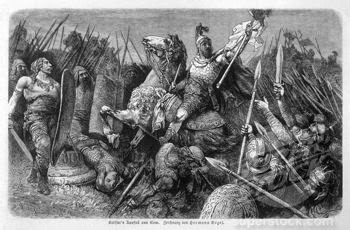
550 During the Gothic War (535–552), the Ostrogoths conquered Rome after a long siege, by bribing the Isaurian garrison.
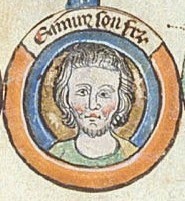
1245 Edmund Lancaster was born. Edmund was the founder of the House of Lancaster and son of King Henry III of England and Eleanor of Provence.
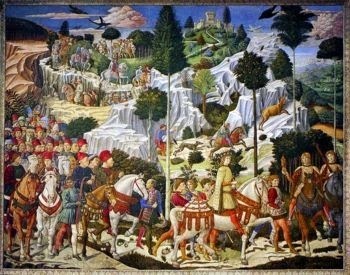
1412 the Medici family was appointed official banker of the Papacy.
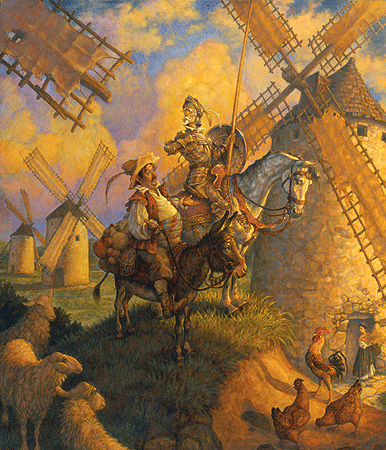
1605 The first edition of El ingenioso hidalgo Don Quijote de la Mancha (Book One of Don Quixote) by Miguel de Cervantes was published in Madrid.


27 BC – The title Augustus was bestowed upon Gaius Julius Caesar Octavian by the Roman Senate.

550 During the Gothic War (535–552), the Ostrogoths conquered Rome after a long siege, by bribing the Isaurian garrison.

1245 Edmund Lancaster was born. Edmund was the founder of the House of Lancaster and son of King Henry III of England and Eleanor of Provence.

1412 the Medici family was appointed official banker of the Papacy.

1605 The first edition of El ingenioso hidalgo Don Quijote de la Mancha (Book One of Don Quixote) by Miguel de Cervantes was published in Madrid.

Published on January 16, 2015 03:00
January 15, 2015
Diane Turner - London Rocks - 14-01-2015
Published on January 15, 2015 06:07




